“It’s brilliant and insidious!”
These assassins could help in the fight against antibiotic resistance.
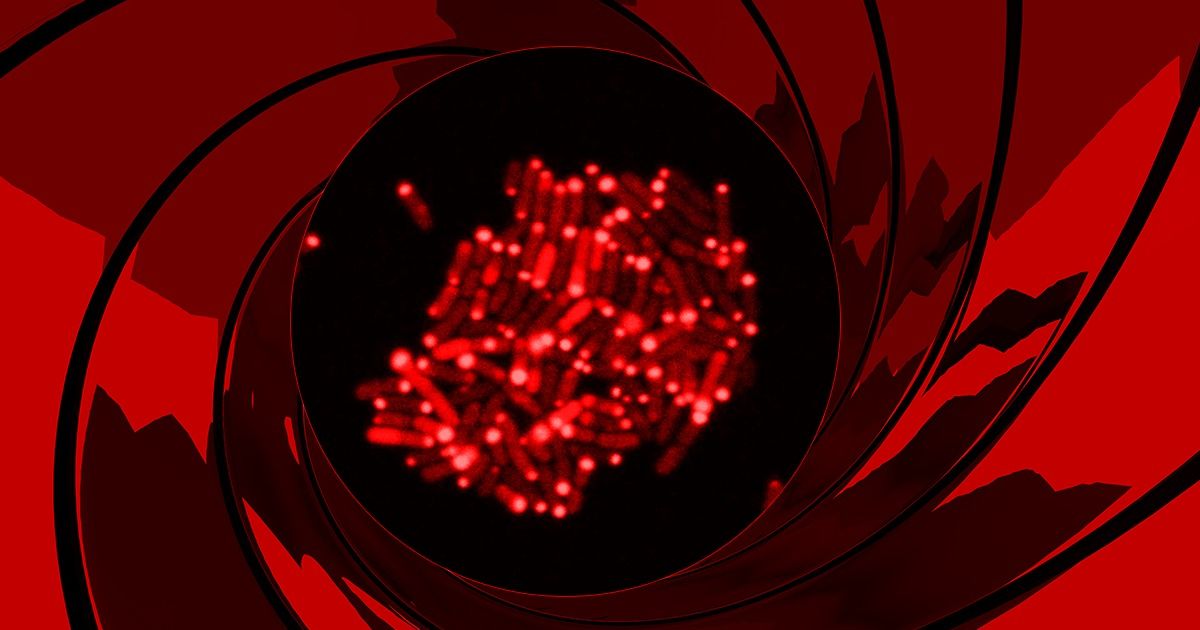
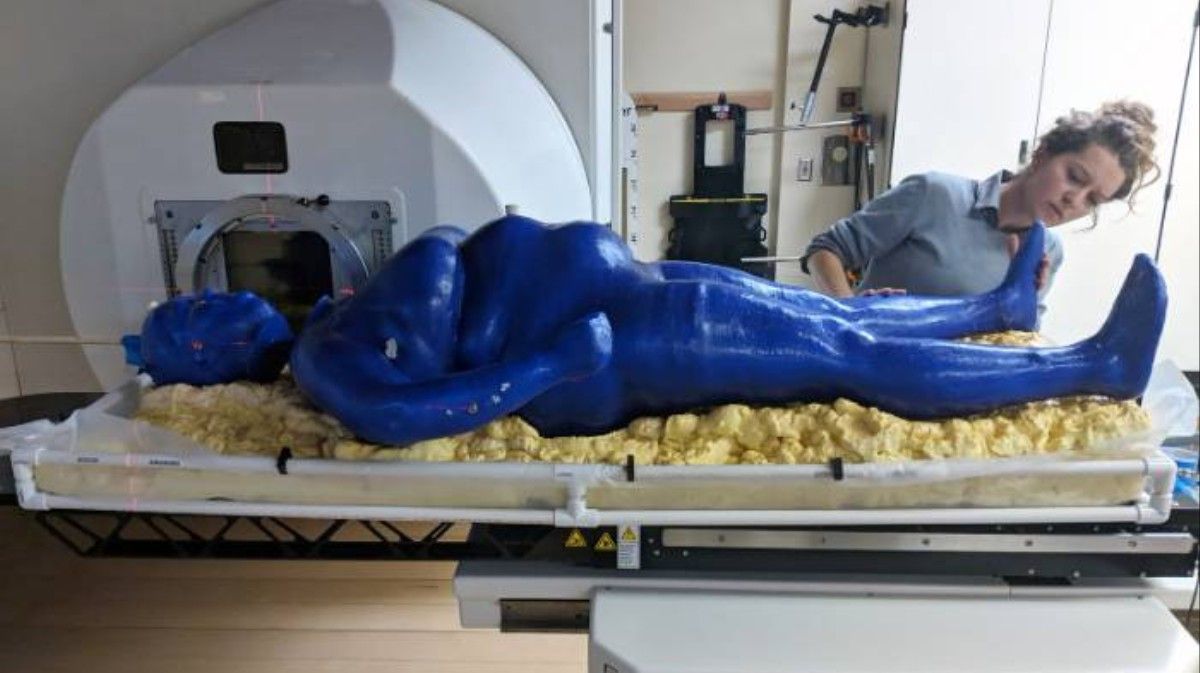

Researchers from the Rutgers New Jersey Medical School are attempting to defy and reverse the biological aging process by developing a therapeutic vaccine that would bolster the essential repair and regeneration processes of cells.
This is potentially important research since the current life expectancy at birth is around 78.8 years in the USA.
In the United States, about 46 million people are above the age of 65. This number is expected to double by 2060, therefore increasing age-related health issues, reports Census.org.
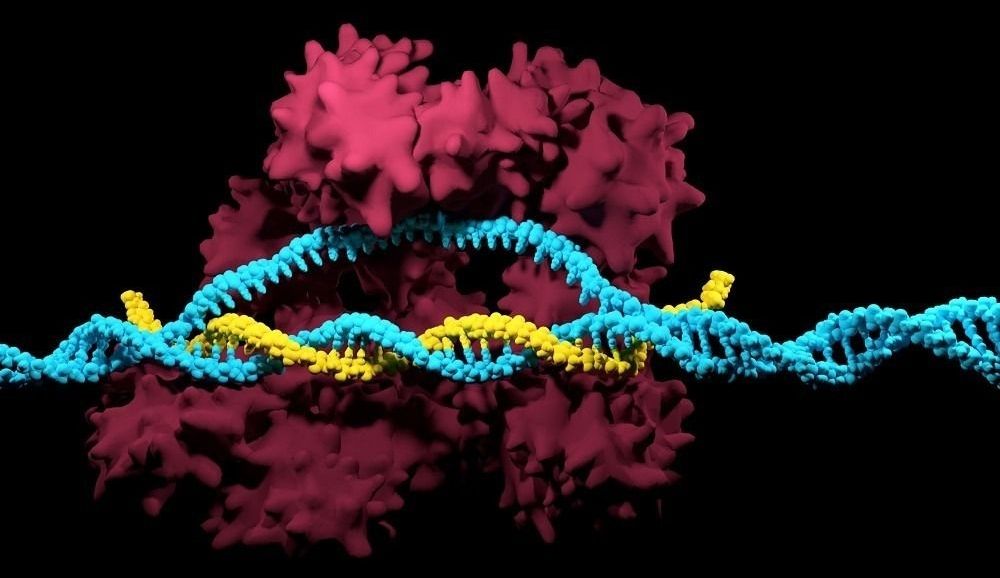

Cytomegalovirus (CMV) is a β-herpesvirus that infects the majority of people in the world. It lies dormant in the body, waiting for an opportunity to strike when the immune system is weakened. This persistent virus infects people for their entire lives, and now researchers have discovered how the virus spreads, opening the door to ways to destroy it.
What is cytomegalovirus?
CMV is part of the β-subfamily of herpesviruses, which are believed to have been co-evolving with their hosts for around 180 million years [1]. CMV infection is asymptomatic; this means it causes no symptoms and is a latent infection; in other words, it lies dormant in the cell, awaiting activation under certain conditions [2].
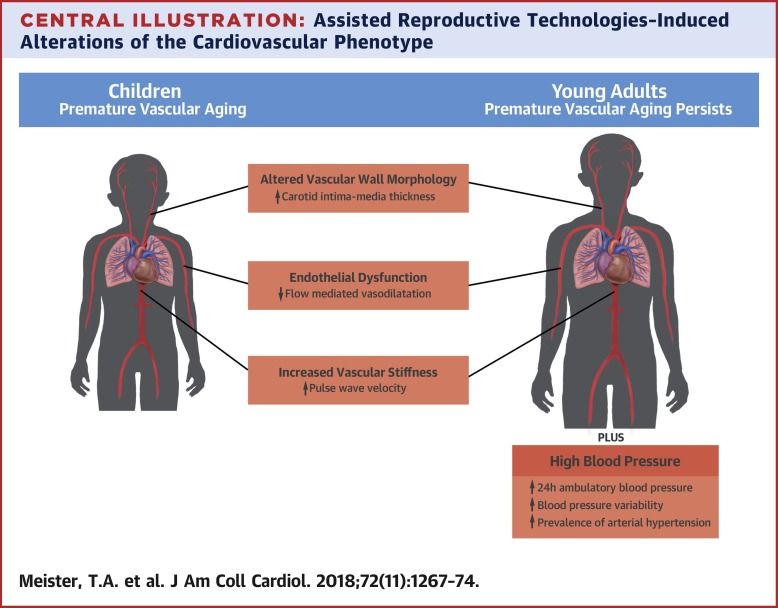
There’s a positive correlation of assisted reproductive technologies with arterial hypertension. Epigenetics and hormone treatments with IVF are probable causes.
Assisted reproductive technologies (ART) have been shown to induce premature vascular aging in apparently healthy children. In mice, ART-induced premature vascular aging evolves into arterial hypertension. Given the young age of the human ART group, long-term sequelae of ART-induced alterations of the cardiovascular phenotype are unknown.
This study hypothesized that vascular alterations persist in adolescents and young adults conceived by ART and that arterial hypertension possibly represents the first detectable clinically relevant endpoint in this group.
Five years after the initial assessment, the study investigators reassessed vascular function and performed 24-h ambulatory blood pressure (BP) monitoring (ABPM) in 54 young, apparently healthy participants conceived through ART and 43 age- and sex-matched controls.
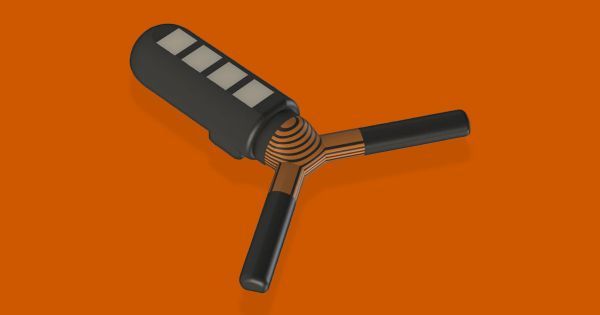
A tiny piece of 3D-printed tech could foreshadow the future of medicine.
A team from MIT, Draper, and Brigham and Women’s Hospital has created a 3D-printed smart pill that can release medications in the stomach and monitor temperature for up to a month at a time — and they believe they’ve only scratched the surface of its capabilities.

The seeds of Alzheimer’s disease can be transmitted through medical procedures, scientists have found, leading experts to call for the monitoring of blood transfusions from the elderly and those with a family history of dementia.
In 2015, researchers at University College London discovered that people who developed Creutzfeldt-Jakob disease (CJD) following treatments with human growth hormone also showed signs of Alzheimer’s in their brains after death.
The scientists tracked down vials of the same hormone and found that it did indeed contain misfolded amyloid-beta proteins, capable of setting off the deadly chain reaction which can lead to dementia.
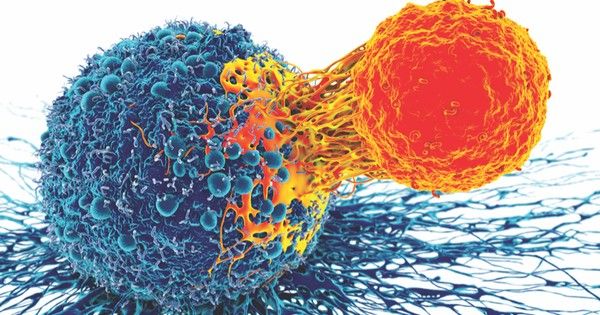
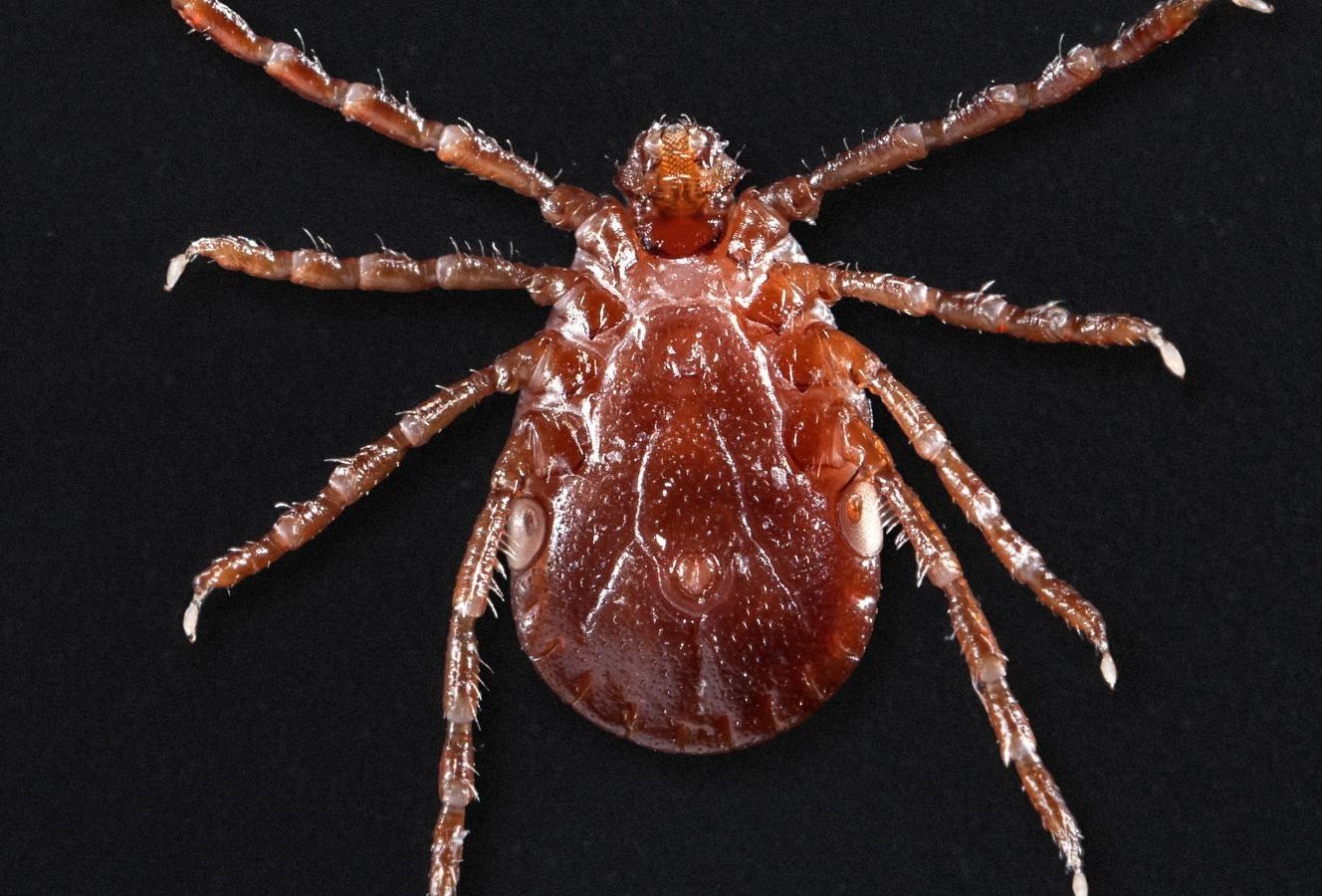
A disease-carrying, newly invasive tick to the United States, the Asian longhorned tick, is poised to spread across much of North America, suggests a new study published Thursday in the Journal of Medical Entomology. According to the study, the tick might be able to live anywhere from Southeastern Canada to most of the eastern half of the U.S. and even parts of the West Coast.
The Asian longhorned tick, or Haemaphysalis longicornis, made an unwelcome splash last year, when researchers and health officials discovered it on a pet sheep in New Jersey. Any hopes that the discovery was an isolated incident faded away this year, with sightings of the tick popping up again in New Jersey and eight other states this past spring and summer (Arkansas, Connecticut, Maryland, New York, North Carolina, Pennsylvania, Virginia, and West Virginia). Since 2017, the tick has been found on pets, farm animals, and at least two people in the U.S., and it’s possible that it might have made its way here at least as early as 2010.